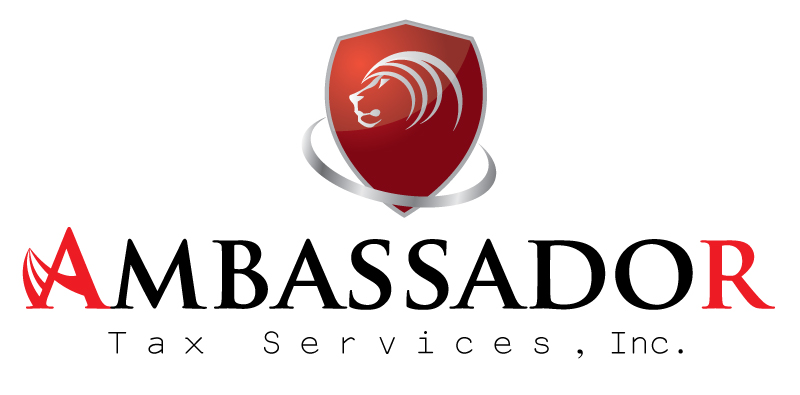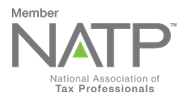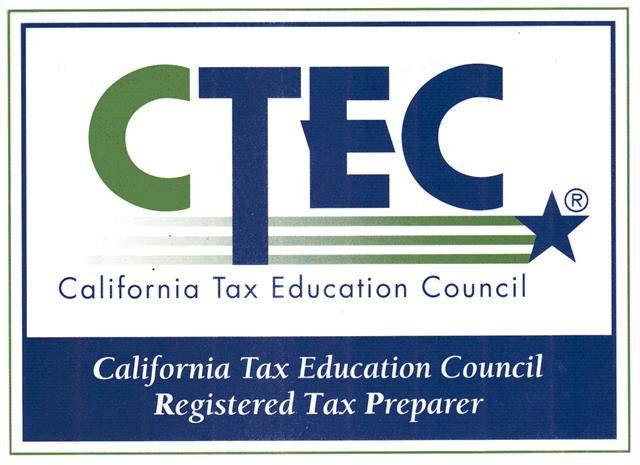
by Ambassador Tax Services, Inc. | Jun 18, 2020 | Tax Tips and News
Tax professionals planning to use the IRS Modernized e-File (MeF) system this weekend to file a stack of returns for their clients may have to send them to the Internal Revenue Service at a different time. The IRS yesterday used one of its QuickAlerts to announce extended maintenance for the service.
“MeF Production and Assurance Testing System (ATS) environments will be unavailable due to maintenance from 12:01 a.m. Eastern [on Wednesday, June 16, 2020] through 10:30 a.m. Eastern on Sunday, June 21, 2020,” the IRS wrote. The agency then recommended that users “monitor the MeF Operational Status page for any future updates.”
The planned outage will affect many preparers who still have returns to file, since—as the “Modernized e-File (MeF) Program Overview” page on IRS.gov explains—this service “provides electronic filing and payment options for filers of Corporation, Employment Tax, Estates and Trusts, Excise Tax, Exempt Organization, Individual, and Partnership Tax Returns.”
Source: IRS QuickAlerts
– Story provided by TaxingSubjects.com
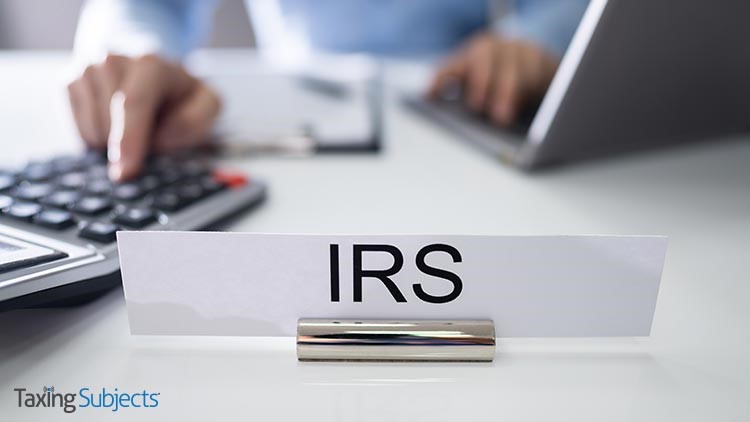
by Ambassador Tax Services, Inc. | Jun 17, 2020 | Tax Tips and News
A new report from the Treasury Inspector General for Tax Administration (TIGTA) finds that a number of tax preparers are themselves classified as non-compliant, but in many cases, the Internal Revenue Service has not acted to recoup the outstanding tax due.
The audit report says paid tax preparers play a large positive role in the administration of the nation’s tax system, preparing some 60% of all tax returns filed. But there may be a dark side to that otherwise sunny statistic.
“When preparers cannot manage their own tax affairs, or worse, if they intentionally claim credits and deductions to which they are not entitled, they could undermine the tax administration system,” the report states.
What were the results of the audit?
As of November, 2018, the IRS’ Return Preparer Database showed more than 30,000 preparers described themselves as being tax noncompliant on their Preparer Taxpayer Identification Number (PTIN) application during tax years 2011 through 2018.
TIGTA analyzed the database, finding 10,495 tax preparers who prepared more than 2 million tax returns in Processing Year 2016, but didn’t file a tax return of their own to report income received.
The audit also identified the top 100 nonfiler tax preparers, based on the number of returns prepared for clients in Tax Year 2016 using PTIN information. These top 100 preparers filed approximately 1,000 to 6,000 tax returns for clients in Processing Year 2016. TIGTA estimated that each of the top preparers had compensation for these returns ranging from over $189,000 to more than $1 million.
Auditors also estimated that if the IRS were to work 6,900 of the overall number of preparer nonfiler cases, some $45.6 million could be assessed in taxes.
The Inspector General’s auditors found that the majority of the 10,495 cases were indeed in active collection status. However, a significant portion of the cases were not in “active” status because they were listed as “Currently Not Collectible” (CNC) status or were in the queue awaiting assignment to the Collection function.
Analysis of the cases showed there were high-priority preparer penalty cases in CNC shelved status; preparers in CNC hardship status likely earning significant income; and high-dollar cases aging in the queue.
But the audit found there were further problems that complicated processing tax preparer nonfilers.
“In addition, the IRS’s new nonfiler strategy does not include specific items to address preparers who have failed to file their own tax returns that are due, and the current preparer misconduct strategy does not provide specific direction on how the IRS might address preparers who are nonfilers or have balances due for their own tax accounts” the report notes.
What are TIGTA’s recommendations?
The audit report makes 11 recommendations, designed to help the IRS identify and deal with preparer nonfilers as well as high-risk preparers with balance-due tax liabilities and preparer penalties.
The IRS agreed or partially agreed with six of the recommendations. The agency said it plans to take corrective action, such as updating the IRS manual to include the Return Preparer Database as a recognized internal source for identification and referral of tax preparer nonfilers to IRS examiners.
On five other recommendations however, the IRS disagreed, leaving the Inspector General disappointed.
“TIGTA believes these recommendations will help the IRS to identify and address preparer nonfilers who do not fall into the normal work streams and hold preparers accountable for their own delinquent penalty and tax liabilities” the report concludes.
– Story provided by TaxingSubjects.com

by Ambassador Tax Services, Inc. | Jun 16, 2020 | Tax Tips and News
Will PPP borrowers be able to receive partial loan forgiveness?
Before the ink dried on the latest COVID-relief legislation, tax pros and small business owners alike had questions about the Paycheck Protection Program Flexibility Act. Despite being designed to expand access to the PPP loan, the bill included a change that seemed to eliminate partial loan forgiveness. Luckily, the latest regulations published by the Department of the Treasury put those concerns to rest.
The trouble arose from the Section 3 language titled “LIMITATION ON FORGIVENESS,” which reads:
“To receive loan forgiveness under this section, an eligible recipient shall use at least 60 percent of the covered loan amount for payroll costs, and may use up to 40 percent of such amount for any payment of interest on any covered mortgage obligation (which shall not include any prepayment of or payment of principal on a covered mortgage obligation), any payment on any covered rent obligation, or any covered utility payment.”
Since there was no mention of partial forgiveness in the actual language of the legislation, it appeared that borrowers who failed to use 60 percent of the loan on payroll costs would not have any of the loan forgiven. That led the Department of the Treasury and Small Business Association to issue a joint statement, which previewed the regulations published this week: “Business Loan Program Temporary Changes; Paycheck Protection Program – Revisions to First Interim Final Rule.”
The regulations clearly outlined how partial loan forgiveness would be implemented. Borrowers still have to use 60 percent of the loan on payroll costs to receive full forgiveness, and partial forgiveness will now require 60 percent of the forgiven amount go toward payroll. Here’s an example from page 10:
“If a borrower receives a $100,000 PPP loan, and during the covered period the borrower spends $54,000 (or 54 percent) of its loan on payroll costs, then because the borrower used less than 60 percent of its loan on payroll costs, the maximum amount of loan forgiveness the borrower may receive is $90,000 (with $54,000 in payroll costs constituting 60 percent of the forgiveness amount and $36,000 in nonpayroll costs constituting 40 percent of the forgiveness amount).”
Sources: “Business Loan Program Temporary Changes; Paycheck Protection Program – Revisions to First Interim Final Rule”; “Joint Statement by Treasury Secretary Steven T. Mnuchin and SBA Administrator Jovita Carranza Regarding Enactment of the Paycheck Protection Program Flexibility Act”; H.R. 7010
– Story provided by TaxingSubjects.com
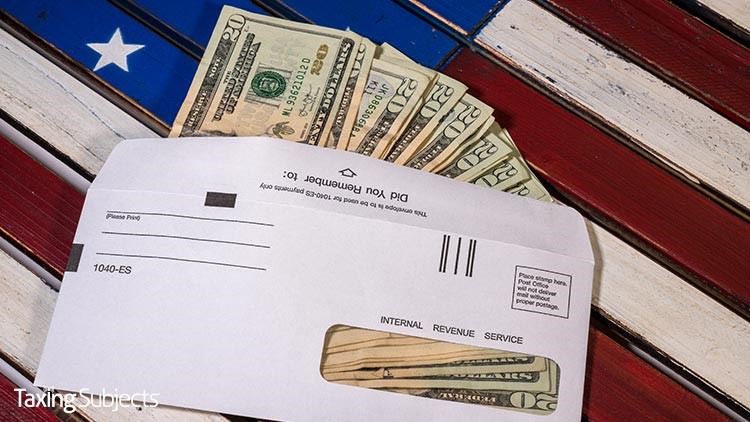
by Ambassador Tax Services, Inc. | Jun 16, 2020 | Tax Tips and News
An unforeseen consequence of the COVID-19 pandemic is pushing the IRS due date for some payments back a bit. The Internal Revenue Service is delaying the due dates on some of its paper balance-due notices because the IRS wasn’t able to mail the preprinted notices due to office closures.
As the IRS reopens its office locations, the notices will be delivered to taxpayers over the next few weeks, so some of the notices will contain due dates that have already passed.
The agency says it would take too long to reprogram IRS systems and then generate new notices, so the IRS is instead including an insert explaining that the due dates printed on the notices have been extended.
Don’t panic!
“Due to the challenges of the ongoing Coronavirus Disease 2019 (COVID-19) Pandemic, we were unable to mail the notice included in this envelope on the date listed on the notice,” the insert reads. “In addition, the date on the notice by which you are asked to pay may have already passed by the time you receive it. Do not be concerned about these dates.”
The insert stresses, “You have additional time to pay the amounts shown on your notice to avoid incurring additional liabilities.”
The new payment due date will be either July 10, 2020, or July 15, 2020, depending upon the type of tax return and original due date. The insert outlines the correct payment due dates:
“A. If the amount due on your notice is for an income, gift, estate, or Form 990-PF or Form 4720 excise tax return that was due on or after April 1, 2020 and before July 15, 2020, (such as a Form 1040 normally due April 15, 2020), the Treasury Department and the IRS postponed the deadline for making your payment to July 15, 2020. If the amount due (as provided on your notice) is not paid by July 15, 2020, penalty and interest will begin to accrue after July 15, 2020. To avoid penalty and interest, pay the amount due by July 15, 2020.”
“B. If the amount due on your notice is for a return that was due before April 1, 2020, or an employment or excise tax return due on or after April 1, 2020, you will not be charged additional penalty or interest if you pay the amount due (provided on your notice) by July 10, 2020.If taxpayers have questions about their balance due, they should visit the website or call the phone number listed on their printed notice.”
If taxpayers have questions about their balance due, they should visit the website or call the phone number listed on their printed notice.
The IRS cautions, however, that phone lines are still very busy as the IRS works to ramp up its operations.
Source: IRS Statement on Balance Due Notices
– Story provided by TaxingSubjects.com

by Ambassador Tax Services, Inc. | Jun 12, 2020 | Tax Tips and News
The American Institute of CPAs (AICPA) has requested the Internal Revenue Service “address the use of electronic options to interact with the IRS and electronically file income tax returns.”
The request comes in a letter the AICPA filed with the IRS recently. It acknowledges that while e-signature relief is needed in light of the COVID-19 pandemic, AICPA believes it’s important that a permanent solution is reached that will let taxpayers and tax pros “embrace the digital and global environment and move away from manual, paper-based processing.”
While the pandemic has led the IRS to temporarily allow its employees to accept e-signatures on documents related to examination and collection of tax liabilities, AICPA believes the IRS should expand e-signature relief and make it permanent.
It all goes back to the Internal Revenue Code.
The Internal Revenue Code (IRC) requires any tax return, statement, or other document be signed in accordance with forms or regulations prescribed by the Secretary of the Treasury.
Legislation also has directed the Secretary to develop procedures for acceptance of signatures in electronic form. In addition, the Secretary may waive the requirement of a signature on an electronically filed tax return, or provide for alternative methods of signing.
“We appreciate the care taken to safely re-open the IRS offices and understand why the IRS has encouraged taxpayers to use electronic options to interact with the IRS and to e-file income tax returns. However, in the interest of the health and safety of taxpayers, tax professionals, and IRS employees, we urgently request that the IRS update its e-signature guidance and authentication requirements,” AICPA’s letter states.
What is the AICPA’s plan for e-signatures?
The Institute has requested that the IRS modify the e-signature program and identity authentication requirements in four key areas:
- Expand use of Taxpayer Electronic Signatures
- Rely on IRM for Identity Authentication of Taxpayers by Electronic Return Originators (EROs)
- Expand Notice 2007-79
- Expand Notice 2004-54
“In the interest of the health and safety of taxpayers, tax professionals, and IRS employees, we recognize the need to update the federal e-signature guidance and authentication requirements relating to standard filing procedures,” said AICPA Vice President of Taxation, Edward Karl, CPA, CGMA. “These measures will simplify the tax filing process while ensuring the safety and security of taxpayer information is maintained.”
– Story provided by TaxingSubjects.com


